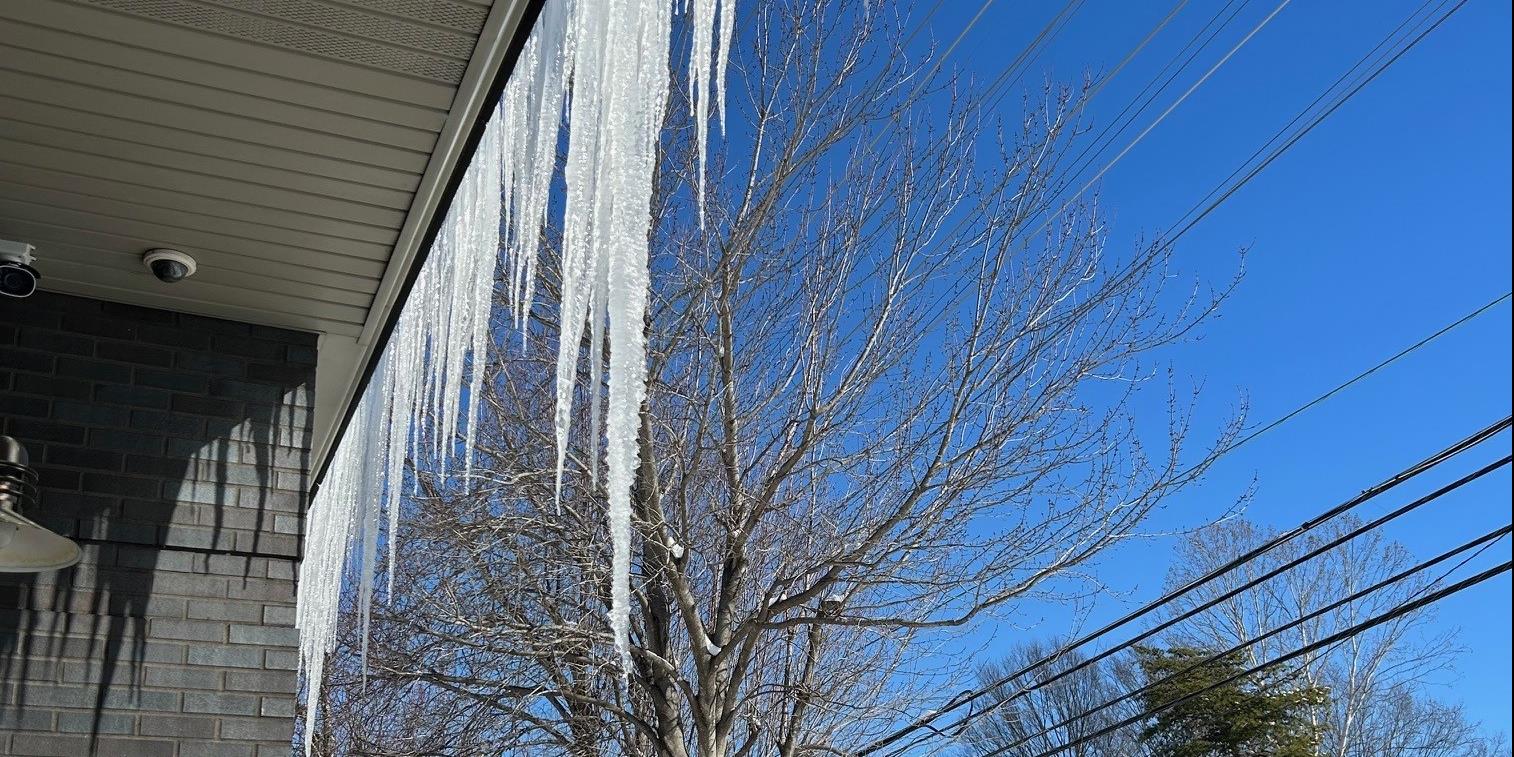


Icicles in Nashville!
As you know, we’re passionate about listening and seeing the natural flow into curiosity about how things are made. It even happens in seemingly simple forms, like icicles.
Imagine an icicle forming: water gently slides down its length, causing the tip to freeze faster and transform into a carrot-like shape. The icicle will boast a smooth surface, a true natural sculpture if the water is pure. However, any impurities create a pattern of ripples, adding a unique texture to each icicle.
Travel back about 1,000 years, and you'd find the Old English term for icicle was "gicel.” An interesting translation from Latin gave us "ises gicel," or "icicle made of ice", a bit redundant, but possibly meant to differentiate it from a stalactite, also known as a "water icicle." Over time, "ises gicel" evolved into the modern word "icicle."
Stalactites, the cave-dwelling relatives of icicles, form from minerals in water droplets that seep through the cave ceiling, creating these impressive, hanging structures.
Urban icicles can collect less charming elements like lead particles, remnants of insects, and even animal droppings. So, it's probably a good idea to think twice before tasting a city icicle and, instead, indulge in a more delightful treat: ice cream!
Glacial ice, with its mesmerizing blue color, is similar to pure ice. This blue shade, reminiscent of sapphires, is due to the dense packing of ice with minimal air bubbles, allowing the ice to reflect blue light.
When it comes to icicles on your home, unless they're part of an ice dam, it's usually best to let them melt naturally with the arrival of warmer weather. Only remove them if they become dangerously heavy.
Icicles need below-freezing temperatures to form. On a roof covered with snow, a bit of sunshine or heat escaping from the house is enough to create these frozen wonders.
In Nashville, January is typically the snowiest month, though snow can make an appearance as early as November or as late as March. The city averages around six inches of snow per year, with the heaviest snowfall usually occurring in January.
Comments
Leave a Comment